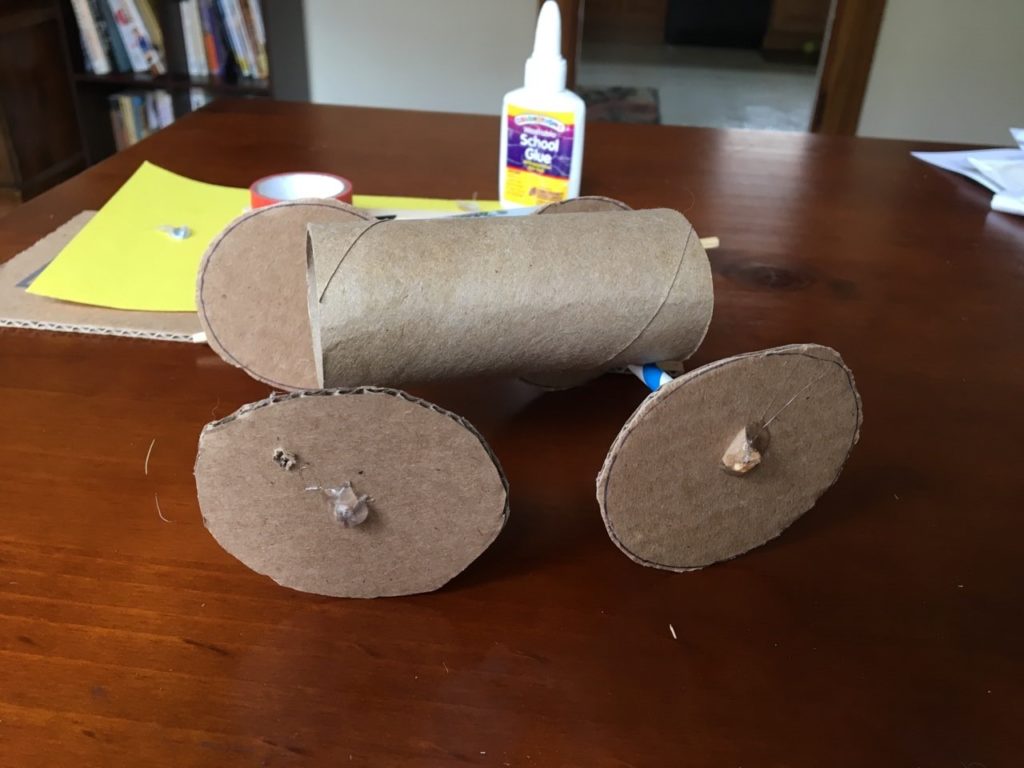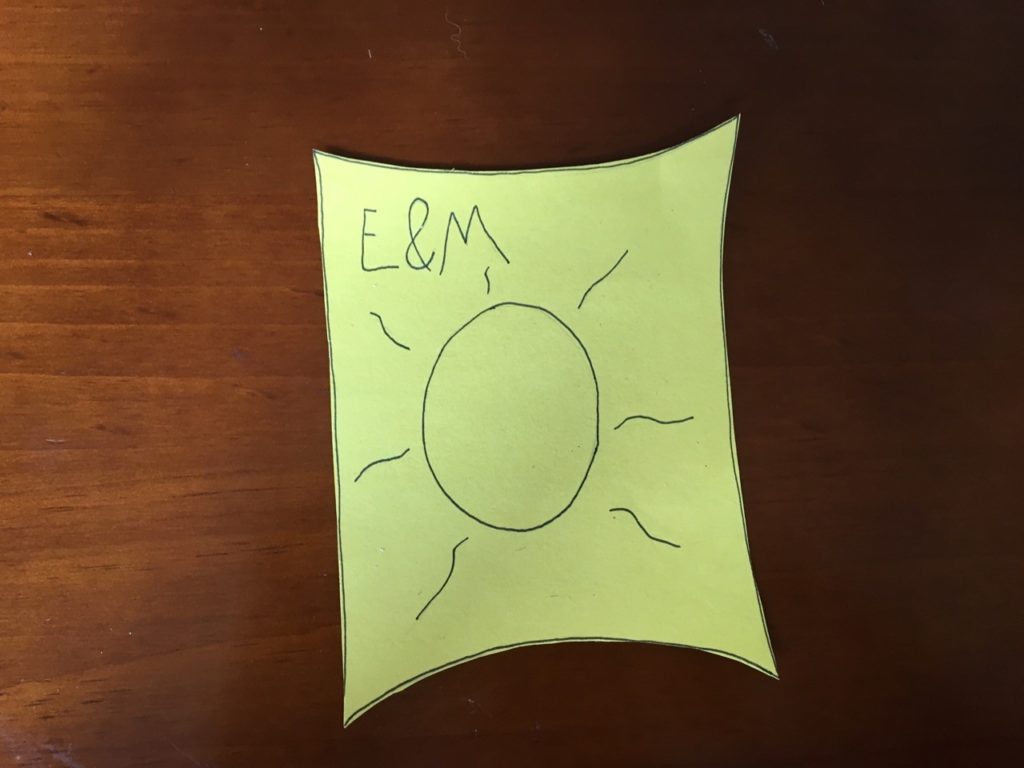Sponsored by: National Grid
Written by: Dan Walsh
STEM Educator
Supplies ideas:
Toilet paper tube, round object to use for tracing wheels, construction paper, craft stick, wooden dowels, glue, tape, markers, straw, cardboard

Length:
10-15 minutes
Academic Subjects:
Science
This lesson supports the following standards:
ETS1.A: Defining Engineering Problems- Possible solutions to a problem are limited by available materials and resources (constraints).
Directions for Wind Powered Cars
1.) Using a round object, trace 4 circles onto a sheet of cardboard. (You can also use recycled caps or even cd’s!)
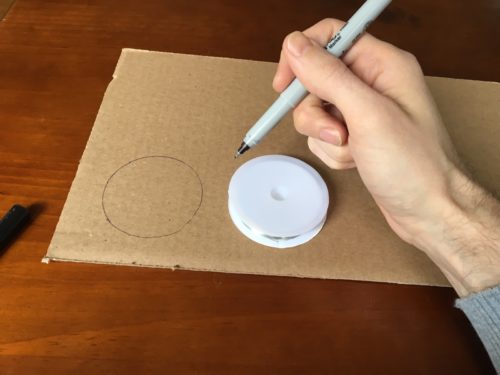
2.) Cut all four wheels out. Try to make them as similar and smooth as possible.
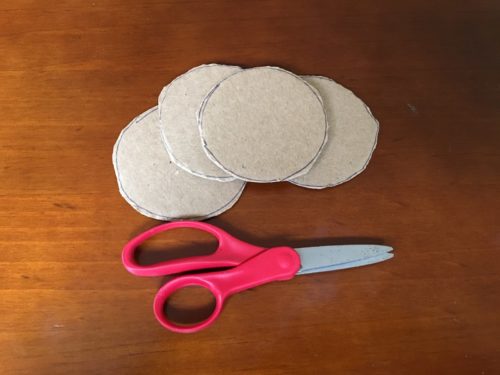
3.) Cut your paper straw to fit on the bottom of a toilet paper roll. Then glue each straw onto the tube. Make sure there is plenty of distance between the two straws.
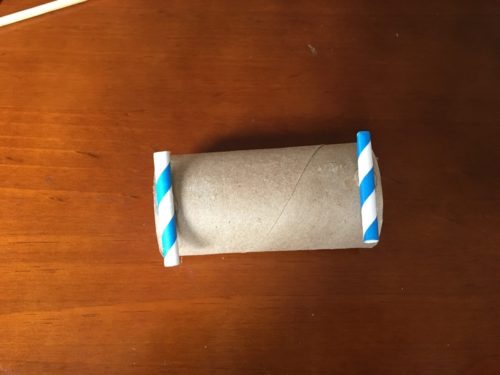
4.) Slide your wooden dowels through the straws. Then one at a time we are going to line a cardboard wheel up to the dowel. Carefully poke a hole through the center of your wheel and slide it onto the dowel (axel) Glue or tape the wheel onto the dowel. I glued the outside and the inside of the hole to make sure the wheels would not slide off.
5.) Design your sail! Then tape it onto a craft stick.
6.) Carefully cut a slit horizontally into the top of the paper towel tube. Then slide your sail into the hole.
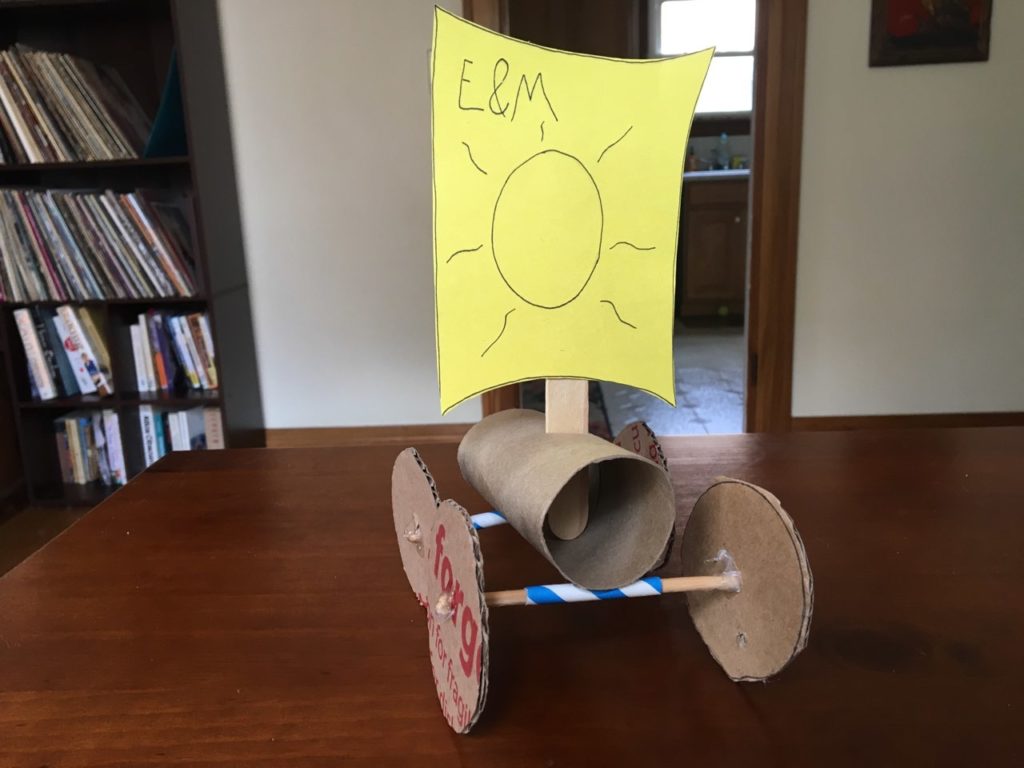
Is your car not sailing as fast as you want? Make sure your wheels are round enough. Make sure your straws are balanced so they’re not lopsided. This car uses a simple machine called wheels and axels. The axels are the rods that connect the two wheels together. Wheels and axels can be found anywhere from your bike to door knobs!
Vocabulary
Energy– the ability to do work (and play) Energy is how things change and move.
Wind energy– This type of energy is created with wind. It is considered a renewable source, because we cannot use up all the wind.


